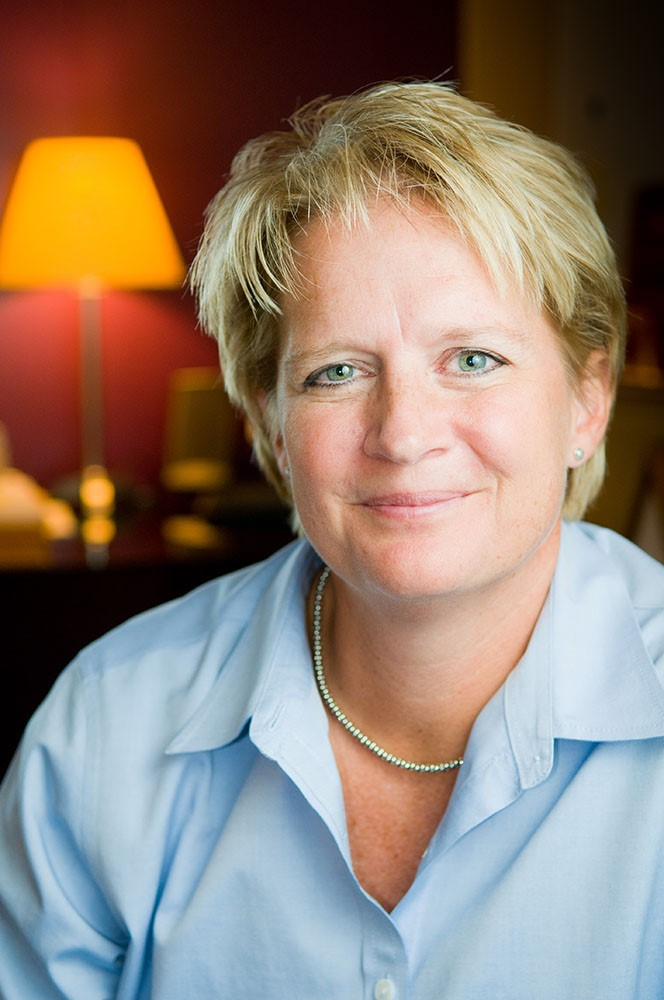 MJ Bishop is the Associate Vice Chancellor of the University System of Maryland (USM) and Director of the William E. Kirwan Center for Academic Innovation (the Kirwan Center), which was established in 2013 to enhance and promote the USM’s position as a national leader in higher education academic innovations. The Center leads statewide efforts to implement, evaluate, scale, and sustain innovations aimed at enhancing student learning and achievement of high-quality credentials. Dr. Bishop has been a member of the steering committee for the ALiS project since summer 2017.
MJ Bishop is the Associate Vice Chancellor of the University System of Maryland (USM) and Director of the William E. Kirwan Center for Academic Innovation (the Kirwan Center), which was established in 2013 to enhance and promote the USM’s position as a national leader in higher education academic innovations. The Center leads statewide efforts to implement, evaluate, scale, and sustain innovations aimed at enhancing student learning and achievement of high-quality credentials. Dr. Bishop has been a member of the steering committee for the ALiS project since summer 2017.
What was the main motivation for you to participate in the project?
What got me excited about the ALiS project was the opportunity to learn more about the intersection between technology and pedagogy when it comes to academic innovations and student learning. Maryland is concerned about mathematics pathways, so understanding student learning along those lines is a strong area of interest, not just for me, but also for my colleagues in the system office.
Looking at the project as a whole, what was the most important finding or lesson learned for you from a system perspective?
For me, the most important finding was how little the faculty were using the dashboards to inform their practices and to understand what was working and not working for students. This finding has opened my eyes to the ways in which we need to train faculty to utilize these materials and cemented further that we need to engage faculty in that conversation.
What did you personally find to be the most surprising finding or conclusion?
I was actually not surprised by the findings. We cannot expect a technology like the one used in the ALiS project to create a meaningful change without allowing sufficient time for faculty to learn how to use the tool. The novelty effect is huge; faculty need more than just a semester or two to figure out how to capitalize on the affordances provided by new tools and to effectively integrate them into their class to improve student learning.
What was the most challenging part of the project experience for you personally?
Coordinating the project and effectively supporting faculty without having people on the ground at the institutions in a much more embedded way was most challenging. It is difficult to coordinate this kind of intervention in a meaningful way from a distance. There are many institutions without sufficient resources to engage the whole institution in the change processes in an authentically embedded way.
What do you think should happen next at the Maryland system level to build on this work?
The Kirwan Center will continue to build on the lessons learned from this project to support faculty with a focus on how tools like adaptive courseware and learning analytics can create a more dynamic learning environment for students. The ALiS project has also contributed to the statewide discussions around instructional materials and resources. We’re now thinking beyond USM institutions to include and actively engage community colleges in the process of creating instructional materials and related resources. One of the efforts currently underway is the M.O.S.T. Commons, which is a resource developed by the Maryland Open Source Textbook (M.O.S.T) Initiative in an effort to provide an infrastructure for faculty throughout the state to both access and create openly licensed instructional content, and connect with other faculty across Maryland to communicate and collaborate.